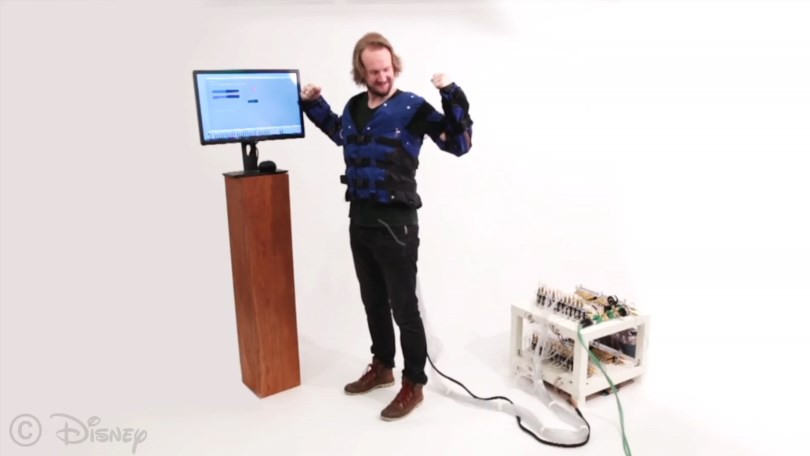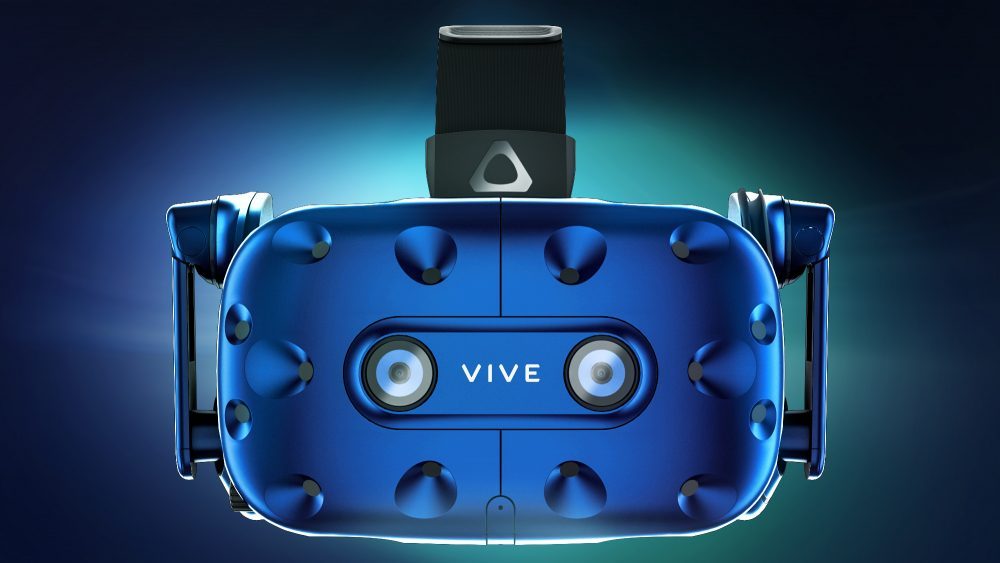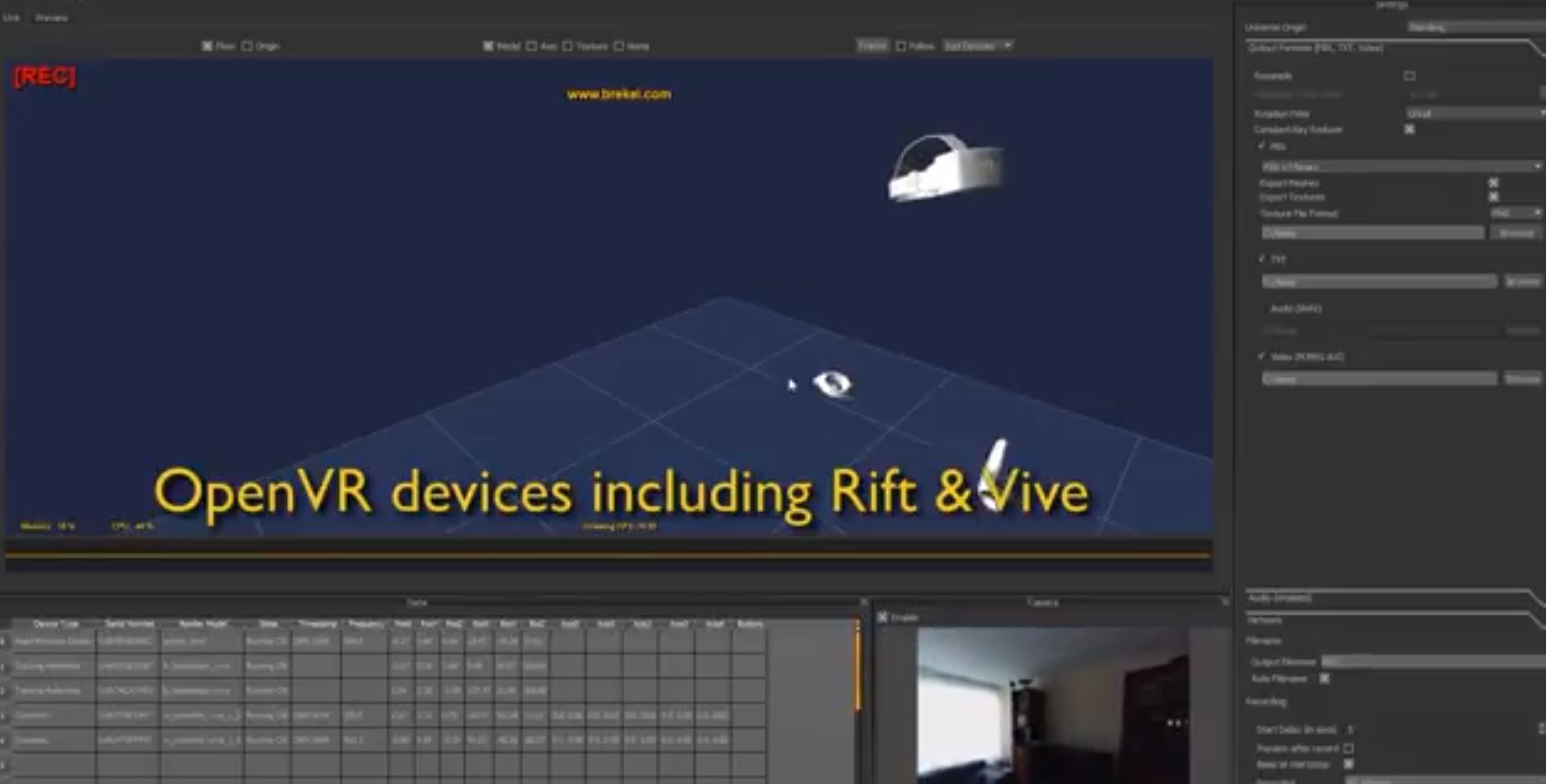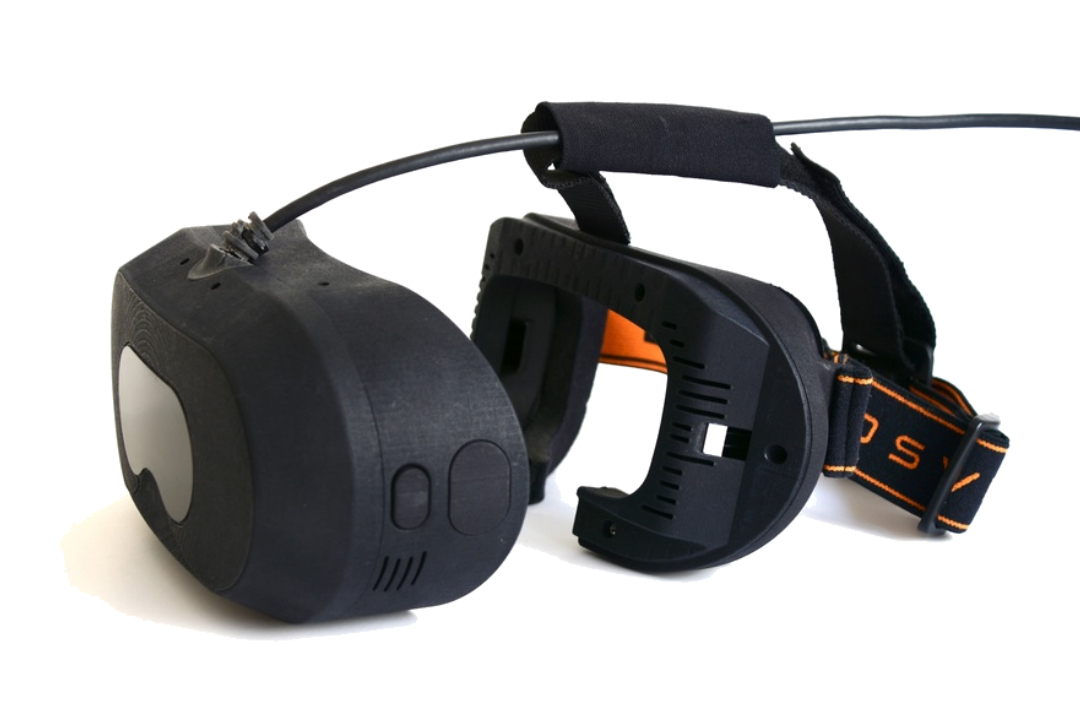
by Blogmeister Meisterblogger | Apr 27, 2018 | Technology
The folks over at Disney Research have just developed a haptic jacket to produce physical sensations within an immersive experience. On a side not this is kind of strange since Disney has recently closed their Carnegie-Mellon research lab but the video claims to...

by Blogmeister Meisterblogger | Apr 26, 2018 | Industry, Technology
A year and a half I had the privilege to attend SteamVR training. Steam tracking is amazing piece of engineering. The solution has only improved with version 2.0 which has just now started releasing. I was all hopped up and ready to start creating my own Steam VR...

by Blogmeister Meisterblogger | Apr 17, 2018 | Technology
It’s not big secret that I am a big HTC Vive fan. I love Steam VR tracking. I purchased an HTC Vive as soon as they became available. I love the overall product. I also have not been blogging much lately. In the world of immersive experiences there has not been...

by Blogmeister Meisterblogger | Oct 11, 2017 | Technology
There are two bits of information out there giving some direction of where HTC and Steam will be taking with the Vive. In fact, I know this may be too early guessing, maybe the next generation of HMD coming from this collaboration won’t even be called the...

by Blogmeister Meisterblogger | Sep 29, 2017 | Technology
It’s been a while since I have made a post but this one really makes me excited. Jasper Brekelmans, a Netherlands-based 3D tech artist, has recently released a motion capture tool offering an easy way to record OpenVR tracking data from headsets, motion...

by Blogmeister Meisterblogger | Aug 31, 2017 | Technology
Sensics, a long time manufacturer of high end Head Mounted Display devices, has recently released its new professional grade HMD geared towards VRArcades and amusement parks. This new headset has two versions: $2160.00 and $2590.00. Sanitation and Resolution are...




